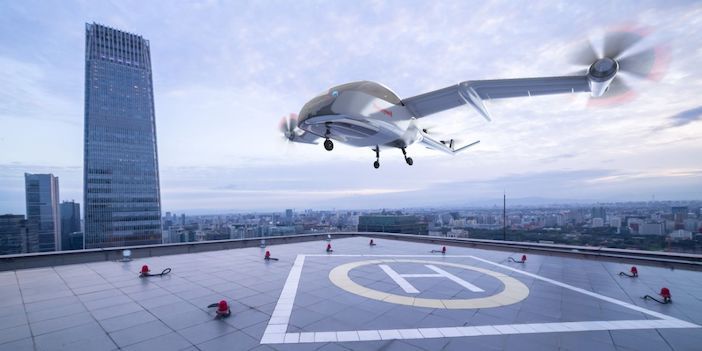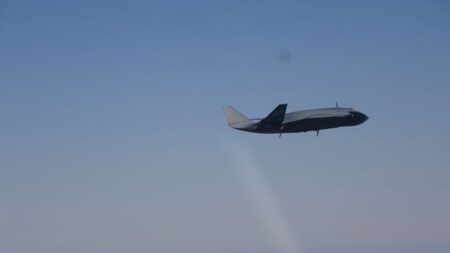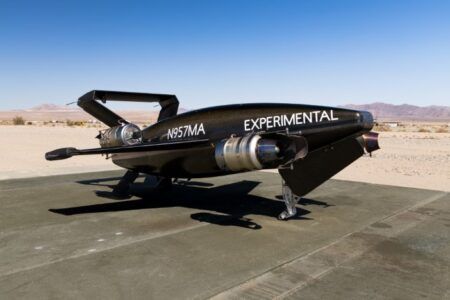Engineers at Honeywell have begun in-flight testing of sensors that will guide urban air mobility vehicles to land autonomously.
Aircraft involved in the testing have been fitted with Honeywell sensors including cameras that analyze visual markings resembling QR codes to help guide the vehicle to a designated landing spot.
The flight testing is one of the first steps to support safe, autonomous urban air mobility (UAM) operations, said Honeywell.
Testing of the sensors is being conducted in Arizona, USA using Honeywell’s AS350 helicopter and aims to gather data and refine their capabilities to support autonomous landing. Additional testing is planned in collaboration with Honeywell’s partners.
The flight testing of the sensors will continue for the rest of 2020, with the demonstration of fully automated landings taking place within the next 12 months.
Matt Picchetti, vice president and general manager of navigation and sensors at Honeywell Aerospace said, “Introducing numerous piloted and autonomous aircraft in dense urban environments is a real challenge in making the UAM vision achievable.
“Navigation is a key part of Honeywell’s heritage, from the industry’s first autopilot to the opportunities we see today in urban air mobility. We are drawing on this expertise and our problem-solving capabilities to lead the way in identifying and bringing to market the most effective technologies to support safer, and increasingly autonomous, UAM operations.”
Honeywell is offering help with certification as well as hardware and software technologies to support the UAM space, including its next-generation AHRS (attitude and heading reference systems), compact fly-by-wire system, RDR-84K radar and hybrid-electric turbo generators.
Benefits to improving navigation and features such as automatic landing include reducing pilot workloads, making critical maneuvers during intense phases of flight easier and safer.
Operations may also benefit from the strategic use of autonomous landing, making vehicle throughput more predictable and reducing turnaround time.





